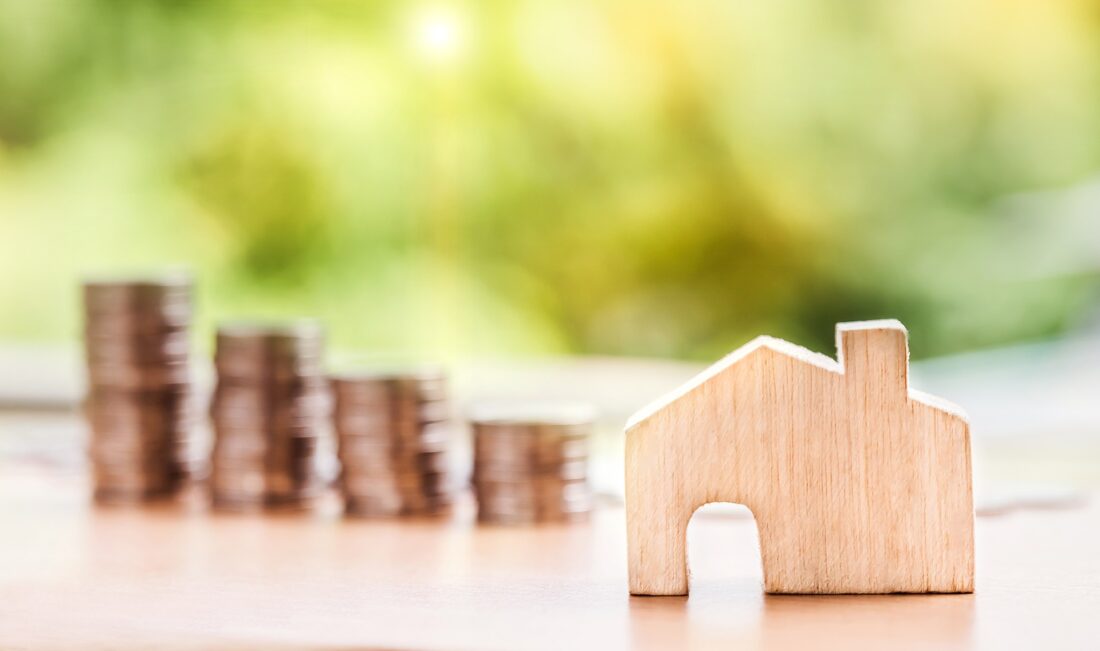
With the start of school upon us, college and high school sports of all stripes will soon be starting their seasons.
Boys and girls will soon be out trying to make the team, or to crack a spot in the starting lineup. However, these hopes can be halted suddenly by the occurrence of an injury.
Sometimes, the players get unlucky, but often, they could have prevented the whole episode through their own actions.
Dr. James DeVellis knows all about this, as he has provided advice to and has treated countless athletes over the years.
Through the adoption of simple habits and practices, he is well aware that these incidents can be avoided.
Want to stay healthy this season? Follow the tips in this article, and you’ll have the best chance of not getting hurt in the sports you play.
1) Warm up before games/exercise sessions
Before initiating physical activity of any kind, it is important to realize your muscles are in a ‘cold’ state, and it is this which could expose them to injury if you suddenly begin engaging in vigorous movements.
When you begin any workout, practice, or game, always warm-up first. Through stretches, aerobic activities, and light musculoskeletal exercise, flexibility and blood delivery to muscles will increase, bringing your body into a state of readiness that is needed for participation in athletic competition.
2) Make sure your gear fits properly
Acquiring used equipment from friends or siblings may be a cost effective move, but it can put you at risk for injury.
For instance, a helmet that fits too loosely will not provide the protection you need from a football or hockey hit, leaving you at risk for developing a concussion or worse.
Never play fast and loose with your safety in sport – invest the money needed for quality equipment that fits you properly.
3) Work out intelligently
Athletes are always looking for that edge – go to any major gym chain in the off-season and you’ll see athletes from a variety of competitive sports attempting to push their own upper limits when it comes to strength, endurance, and other markers of physical dominance.
If you are doing this, make sure you are training smart, as not focusing on flexibility when you are looking to add muscle can put you at risk for an injury once the season starts.
Some go overboard when training – the pursuit of one PB after another can resemble summit fever, which is when an athlete puts metaphorical blinders on in the pursuit of a specific goal. Often, they don’t see the injury risks until they end up hurting themselves.
Avoid this by bringing an experienced athletic trainer on board, as they can set goals that won’t put the integrity of your body at risk.
4) Perform exercises that focus on sport-specific movements
When working out, incorporate movements in your sport into the exercises you perform. For instance, those in baseball we will see great benefits from arm exercises on swinging and throwing motions.
Another example: aerobics and leg presses are vital for hockey and soccer players, as stamina and lower body strength is vital to success in both sports.

